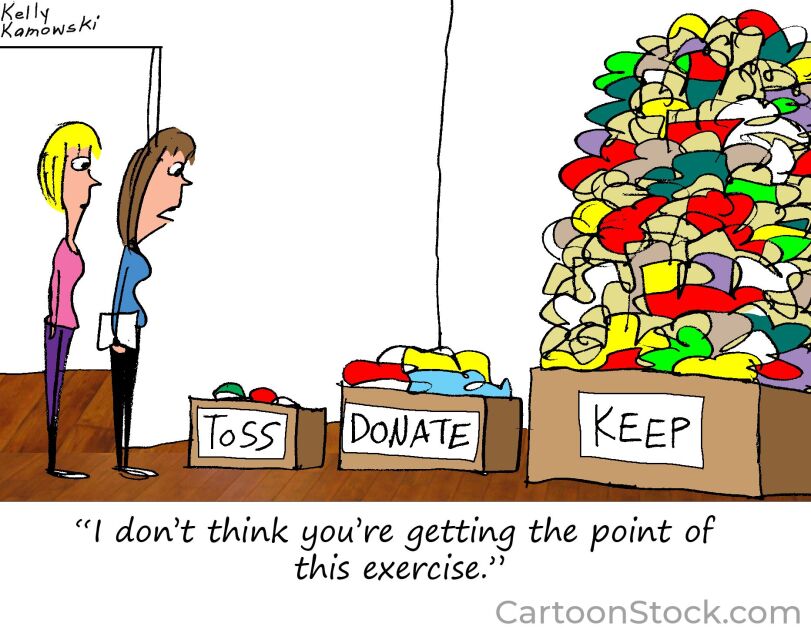
Students who learn in hotter classrooms perform worse on college admissions tests, according to a new study from the National Bureau of Economic Research.
About 42 percent of U.S. classrooms lack any or adequate air conditioning, according to the research led by Joshua Goodman, a Harvard University microeconomist studying human capital and education policy.
The researchers tracked 10 million secondary students who took the PSAT multiple years between 2001 and 2014. On average, students improved their score by about a third of a standard deviation by taking the test more than once. But the researchers also found that weather played a role from one test to the next: A student’s performance dropped by nearly 1 percent of a year’s worth of learning for every 1 degree Fahrenheit hotter the outside temperature was during the school year before a student took the test.
Compared to school days in the 60s temperature range, every additional school day in the 90s was associated with 1/6 of a percent of a year’s learning, and each day above 100 degrees led to an effect that was 50 percent larger. While that seems small, it adds up in districts where local weather has grown warmer in recent years.
“Physiologically, as the temperature goes above 70 degrees, that’s where people start to feel uncomfortable,” Goodman said. “Starting above 70 degrees, the students start to learn less and, basically the hotter it gets after that, the worse that is for learning.”
The researchers found, however, that more than 70 percent of the test-score drop for students with hotter school years disappeared when they attended schools with air conditioning.
As much of the nation’s school infrastructure ages, administrators have come under more scrutiny for maintenance issues. Earlier this month—after intense public criticism for heating and cooling system problems that led to 100-degree classrooms last September and 40-degree rooms during the winter— the Baltimore public school system announced it would dismiss school three hours early at about 70 schools that lack adequate air conditioning on days when the temperature in most classrooms in most buildings reaches 85 degrees or the outside heat index reaches 100 degrees by 10:30 a.m. And schools in St. Paul, Minn., had to deliver more than 2,000 bottles of water and hundreds of fans following a heat wave that spiked 101 temperatures in classrooms and sent dozens of students to the nurse’s office for heat exhaustion.
For most of the 20th century, most U.S. schools let out in early June and returned after Labor Day. While that’s still the case in some areas, efforts to extend learning time—particularly for traditionally disadvantaged students and chronically struggling schools—have led to earlier start dates in August and later end dates in June.
Worsening Achievement Gaps
The new study suggests lack of air conditioning could counteract efforts to use longer school schedules to help close achievement gaps; researchers found the impact of heat on student learning was three times higher for low-income, black, and Hispanic students than on their white or wealthier peers. “Part of it could be that more advantaged teachers and families have a greater ability to compensate for students’ lost learning time,” Goodman said.
“We could provide evidence that student’s learning is suffering because of heat, but we can’t pinpoint exactly how they’re losing learning time. Are they losing time because the school is closing or they’re being moved to different parts of the building, or because they’re in the same classroom but they’re sweaty and distracted?” he said. “From a public policy perspective, I don’t think we really care. All of those are ways in which heat is screwing up the time students have to learn, and in all those cases having better infrastructure would almost certainly alleviate that problem.”
The findings only apply to high schools, but Goodman said the researchers hope to look next at how temperature changes affect younger students, as well as how the heat could affect other aspects of schooling, like student behavior. Prior studies outside of schools have found heat waves are associated with higher rates of crime.
“What I take away is that there is a clear justification for our further investment in the infrastructure of our schools,” he said. “Separate from issues of equity, from a purely selfish perspective, you should be investing more in making students physically comfortable and able to learn.”
A separate review of school infrastructure issues by Penn State University’s Center for Evaluation and Education Policy Analysis found students learned reading and math best at classroom temperatures between 68 degrees and 74 degrees Fahrenheit. “To maintain such a temperature in every classroom within a school, teachers typically need to be able to control the temperature in their own classroom,” the report recommends, adding, “At the very least, teachers should be able to control the temperature of small blocks of classrooms that receive the same amount of sunlight and have similar exposures to outside temperatures.”
Photo Source: Getty



